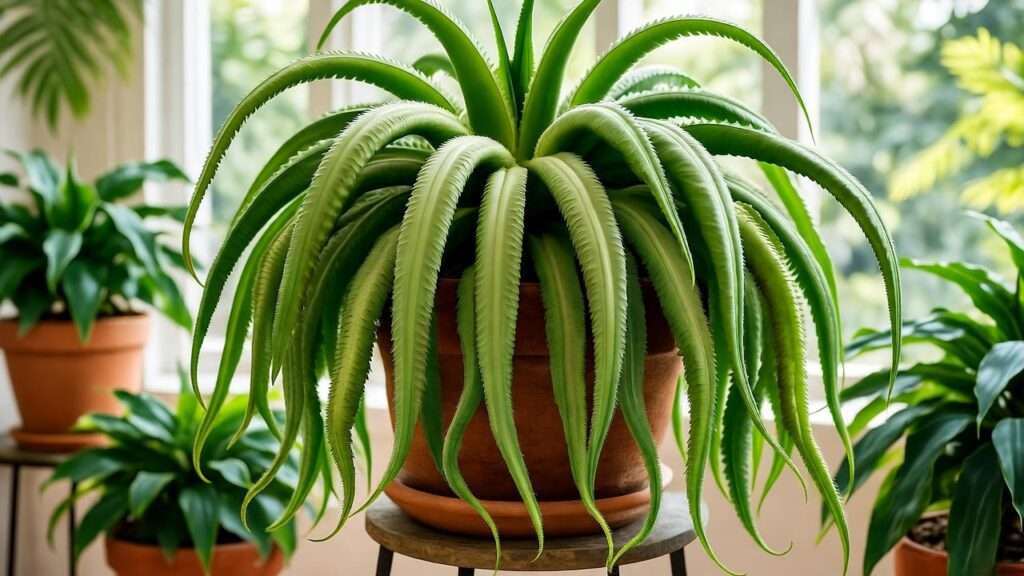Imagine a houseplant that cascades like a green waterfall, its tentacle-like leaves bringing a touch of the tropics to your home. Meet the octopus plant, a stunning Schefflera known for its lush, sprawling foliage that’s capturing the hearts of plant lovers everywhere! 🌿 Whether you’re a beginner or a seasoned plant parent, this guide will unlock the secrets to growing a thriving octopus plant. From light and water to troubleshooting common issues, we’ve got you covered with expert-backed tips to ensure your plant flourishes. Ready to transform your space with this quirky beauty? Let’s dive in! 😊
The octopus plant, also called an umbrella plant (Schefflera actinophylla or Schefflera arboricola), is prized for its vibrant, glossy leaves and relatively easy care. In this comprehensive guide, we’ll explore everything you need to know to keep your octopus plant healthy, from ideal growing conditions to propagation techniques. Backed by horticultural expertise and practical experience, this article is your roadmap to cultivating a show-stopping plant that elevates any indoor or outdoor space.
1. What Is an Octopus Plant? 🌟
1.1 Overview of the Octopus Plant
The octopus plant earns its playful nickname from its long, arching leaves that resemble the tentacles of its namesake. Scientifically known as Schefflera, this tropical beauty hails from regions like Australia, New Guinea, and parts of Asia. Its two main varieties—Schefflera actinophylla (larger, often grown outdoors) and Schefflera arboricola (compact, ideal for indoors)—are beloved for their lush, umbrella-like foliage. These plants can grow as shrubs or small trees, with leaves that fan out in a starburst pattern, creating a dramatic effect.
The octopus plant’s versatility makes it a favorite for both home decor and landscaping. Indoors, it thrives as a houseplant, while in warmer climates (USDA zones 10–11), it shines as a garden centerpiece. Its ability to adapt to various environments, combined with its striking appearance, has made it a must-have for plant enthusiasts.
1.2 Why Choose an Octopus Plant?
Why add an octopus plant to your collection? For starters, it’s a natural air purifier, helping to remove toxins from your indoor environment. Its cascading leaves add a tropical flair, making it a perfect focal point for living rooms, offices, or patios. Compared to similar plants like monstera or pothos, the octopus plant offers a unique blend of elegance and low-maintenance care, appealing to both novices and experts.
Beyond aesthetics, the octopus plant is forgiving, tolerating occasional care mistakes while rewarding attentive growers with rapid growth and vibrant foliage. Whether you’re looking to fill a corner with greenery or create a lush indoor jungle, this plant delivers. 🌴
2. Essential Care Requirements for a Thriving Octopus Plant 🌞
Caring for an octopus plant is straightforward when you understand its core needs. Let’s break down the essentials to ensure your plant thrives year-round.
2.1 Light Needs
Octopus plants love bright, indirect light, which mimics their natural tropical habitat. Place your plant near a north- or east-facing window where it can soak up filtered sunlight. Too much direct sun can scorch the leaves, causing brown, crispy edges, while too little light may lead to leggy growth and dull foliage.
If your home has low-light conditions, don’t despair! Schefflera arboricola varieties can tolerate lower light, though growth may slow. To assess light levels, try the shadow test: hold your hand above the plant at midday. A soft, fuzzy shadow indicates ideal indirect light, while a sharp shadow suggests too much direct sun. For precision, a light meter can help you measure lumens (aim for 1000–2000 lux).
Expert Tip: Rotate your plant every few weeks to ensure even light exposure, promoting balanced growth. 🔄
2.2 Watering Guidelines
Watering is where many plant parents stumble, but with the octopus plant, moderation is key. Allow the top 1–2 inches of soil to dry out between waterings, typically every 1–2 weeks depending on your climate and season. Overwatering is the leading cause of issues like yellowing leaves or root rot, so always check the soil before watering.
To water correctly, pour evenly until water drains from the pot’s bottom, then discard excess to prevent soggy roots. If you notice drooping leaves, it could signal underwatering or overwatering—check the soil to diagnose. For best results, use distilled or rainwater to avoid mineral buildup, which can harm sensitive Schefflera roots.
Pro Insight: In winter, reduce watering as growth slows, and always use room-temperature water to avoid shocking the plant. 💧
2.3 Soil and Potting
A well-draining soil mix is crucial for octopus plant health. Opt for a peat-based potting mix blended with perlite or sand to ensure good aeration and drainage. A mix of 50% potting soil, 30% peat moss, and 20% perlite works wonders. Avoid heavy, clay-like soils that retain too much moisture.
Choose a pot with drainage holes to prevent waterlogging. A pot slightly larger than the root ball (1–2 inches wider) encourages healthy growth without overwhelming the plant. Repot every 1–2 years or when roots become crowded, typically in spring. When repotting, gently loosen the root ball and refresh the soil to boost nutrient availability.
Tip: Add a layer of pebbles to the soil surface for a decorative touch and to help retain moisture. 🪴
2.4 Temperature and Humidity
Octopus plants thrive in warm, humid conditions, ideally between 60–75°F (15–24°C). They can tolerate brief dips to 50°F but may suffer in colder drafts or near air conditioning vents. If you live in a cooler climate, keep your plant indoors during winter to protect it from frost.
Humidity is equally important, as these tropical natives prefer levels of 50–60%. In dry climates or heated homes, boost humidity with a pebble tray, a room humidifier, or occasional misting. Grouping your octopus plant with other houseplants can also create a microclimate with higher humidity.
Pro Tip: Place a small hygrometer near your plant to monitor humidity levels and ensure they stay in the ideal range. 🌡️
2.5 Fertilizing for Growth
To keep your octopus plant lush and vibrant, fertilize monthly during the growing season (spring and summer) with a balanced, water-soluble fertilizer (e.g., 10-10-10). Dilute to half-strength to avoid over-fertilizing, which can cause leaf burn or yellowing. In fall and winter, pause fertilizing as the plant enters dormancy.
Organic options like fish emulsion or seaweed extract can also work well, providing micronutrients for robust growth. Always apply fertilizer to moist soil to prevent root damage.
Warning: Over-fertilizing can lead to salt buildup in the soil, so flush the pot with water every few months to clear excess nutrients. 🌱
3. Common Problems and How to Solve Them 🛠️
Even with the best care, octopus plants can face challenges. Here’s how to troubleshoot common issues and keep your plant thriving.
3.1 Yellowing Leaves
Yellow leaves often signal overwatering, poor drainage, or nutrient deficiencies. Start by checking the soil: if it’s soggy, reduce watering and ensure the pot has proper drainage. If the soil is dry, increase watering slightly. For nutrient issues, apply a balanced fertilizer and monitor for improvement.
If root rot is suspected (soft, mushy roots), act quickly. Remove the plant from its pot, trim away affected roots, and repot in fresh, well-draining soil. Adjust your watering routine to prevent recurrence.
Example: A plant parent noticed yellowing leaves on their Schefflera arboricola. After checking the soil and finding it waterlogged, they repotted the plant and reduced watering, restoring its vibrant green color within weeks. 🌿
3.2 Drooping or Wilting Foliage
Drooping leaves can result from underwatering, low humidity, or temperature stress. Check the soil first: if it’s dry, water thoroughly. If humidity is low (below 40%), add a humidifier or mist the leaves. Ensure the plant isn’t near cold drafts or hot radiators, which can cause stress.
For long-term prevention, maintain consistent care and monitor environmental conditions. A quick fix is to move the plant to a more suitable spot with stable temperature and humidity.
Tip: If wilting persists, inspect the roots for signs of rot or damage. 🕵️♀️
3.3 Pests and Diseases
Octopus plants can attract pests like spider mites, aphids, and mealybugs, especially in dry or crowded conditions. Look for sticky residue, webbing, or tiny insects on leaves. Treat infestations with neem oil, insecticidal soap, or a strong water spray to dislodge pests.
Prevent pests by cleaning leaves regularly with a damp cloth and maintaining good air circulation. For fungal issues like leaf spot, improve drainage and avoid overhead watering.
Expert Advice: Quarantine new plants for 2–3 weeks to prevent introducing pests to your collection. 🐞
3.4 Leggy Growth
Leggy, sparse growth often indicates insufficient light or lack of pruning. Move your plant to a brighter spot with indirect light to encourage fuller foliage. Regular pruning (covered in section 4) can also help maintain a compact shape.
Pro Tip: Pinching back new growth tips stimulates bushier growth, giving your plant a fuller appearance. ✂️
4. Pruning and Propagation Tips ✂️
Keeping your octopus plant well-groomed and multiplying its beauty through propagation are rewarding aspects of care. Here’s how to prune and propagate like a pro.
4.1 Pruning for Shape and Health
Pruning is essential to maintain your octopus plant’s shape and encourage healthy growth. Regular trimming prevents legginess and promotes a bushy, compact appearance. Spring is the best time to prune, as the plant is actively growing and can recover quickly.
To prune, use clean, sharp pruning shears to cut just above a leaf node (where a leaf meets the stem). Focus on removing dead, damaged, or overly long stems. For a fuller look, pinch back the tips of new growth to stimulate branching. Be cautious not to remove more than 25% of the plant at once to avoid stress.
Pro Tip: Sterilize your pruning tools with rubbing alcohol before and after use to prevent disease spread. Always save healthy cuttings for propagation! 🌿
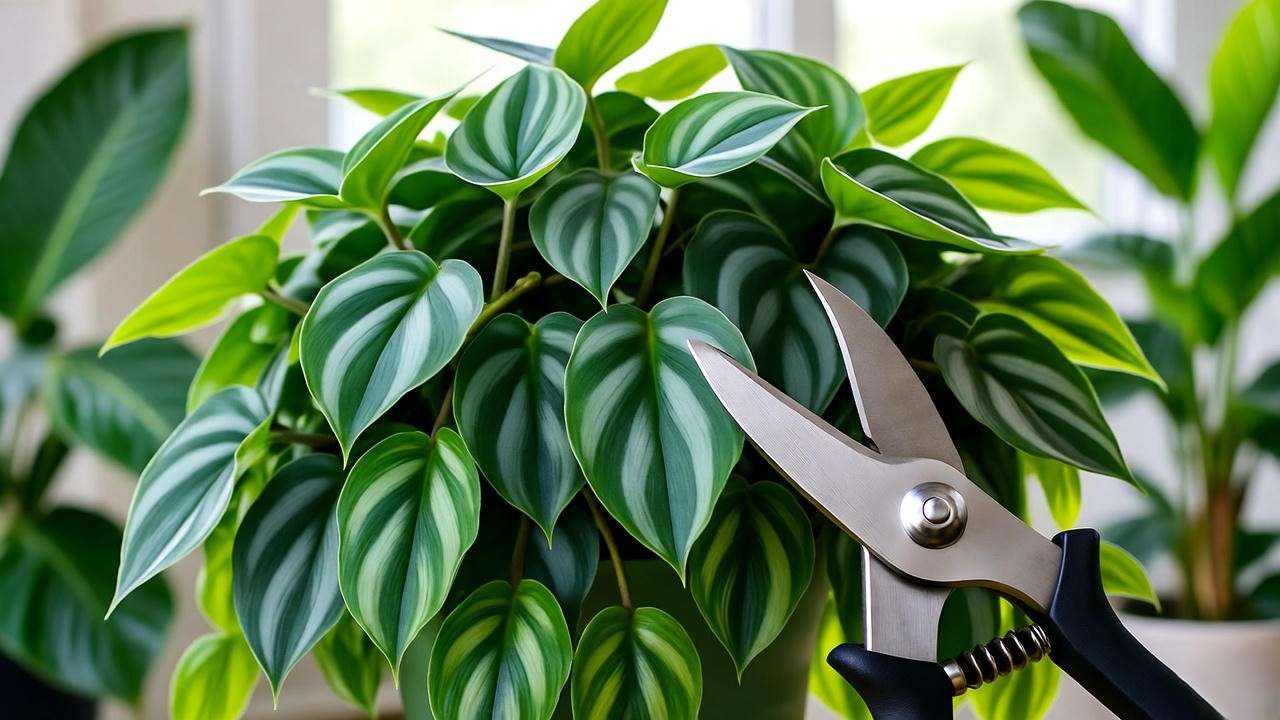
4.2 Propagating Your Octopus Plant
Propagating an octopus plant is a fun way to expand your collection or share with friends. Schefflera plants propagate easily from stem cuttings, either in water or soil. Here’s a step-by-step guide:
- Select a Cutting: Choose a healthy stem with 4–6 leaves, ideally 4–6 inches long. Cut just below a node.
- Prepare the Cutting: Remove the lower leaves, leaving 2–3 at the top.
- Root in Water: Place the cutting in a jar of water, ensuring nodes are submerged. Change the water every 3–4 days. Roots should appear in 2–4 weeks.
- Root in Soil: Dip the cut end in rooting hormone (optional) and plant in a moist, well-draining soil mix. Keep the soil consistently moist and place in bright, indirect light.
- Transplant: Once roots are 1–2 inches long (in water) or the cutting shows new growth (in soil), transfer to a pot with standard octopus plant soil mix.
Spring or early summer is ideal for propagation, as warmer temperatures encourage root development. Keep cuttings in a warm, humid environment (around 70°F) for best results.
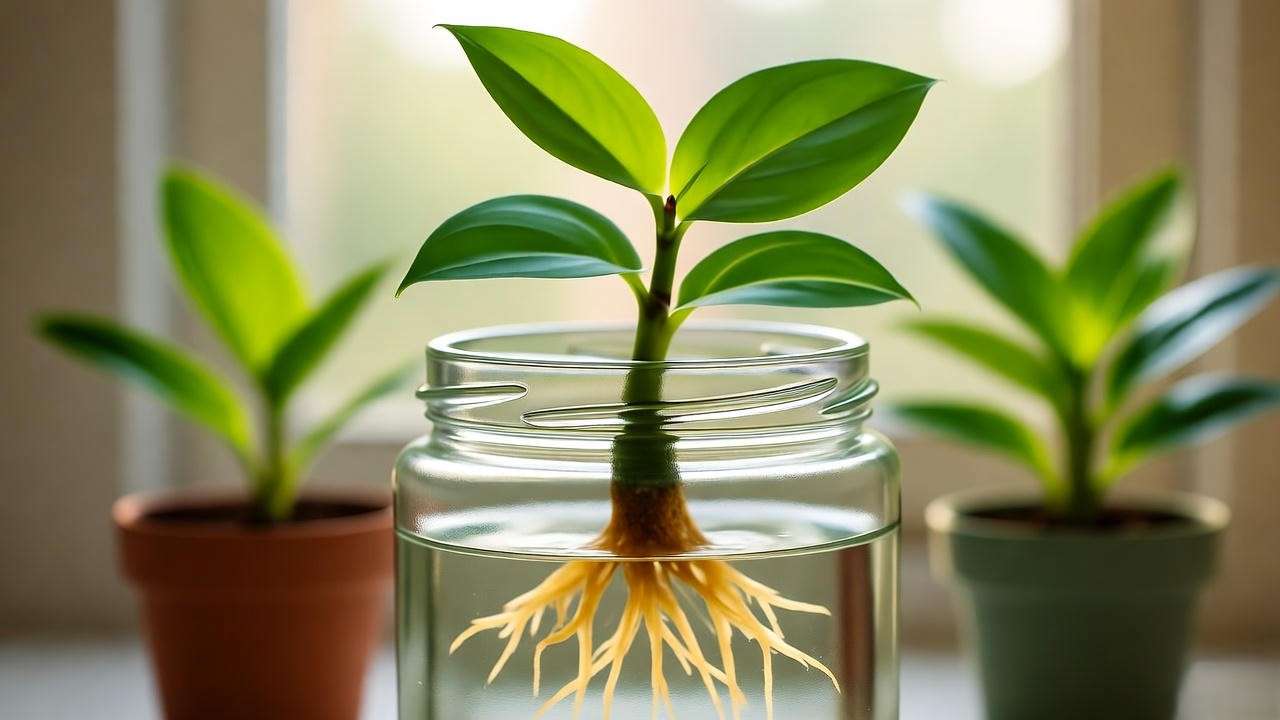
Success Story: A plant enthusiast propagated their Schefflera arboricola by placing a cutting in water near a sunny window. Within three weeks, robust roots formed, and the new plant thrived after potting, becoming a stunning addition to their collection. 🌱
5. Styling and Displaying Your Octopus Plant 🎨
The octopus plant’s cascading foliage makes it a versatile decor element. Whether indoors or outdoors, here’s how to showcase its beauty.
5.1 Indoor Display Ideas
Indoors, the octopus plant shines as a statement piece. Its arching leaves look stunning in a decorative ceramic pot on a plant stand, where they can spill over the edges. For small spaces, try a hanging basket to let the foliage drape dramatically. Pair it with complementary plants like pothos or peace lilies to create a lush, tropical vibe.
Elevate the aesthetic with a macramé hanger or a sleek modern pot in neutral tones. Place near a bright window to highlight the glossy leaves, but avoid direct sun to prevent fading. For a bold look, group multiple octopus plants of varying sizes for a layered, jungle-like effect.
Inspiration: A cozy apartment corner transformed into a green oasis with a Schefflera arboricola in a woven basket, paired with a fern and string lights for a boho-chic vibe. 🪴✨
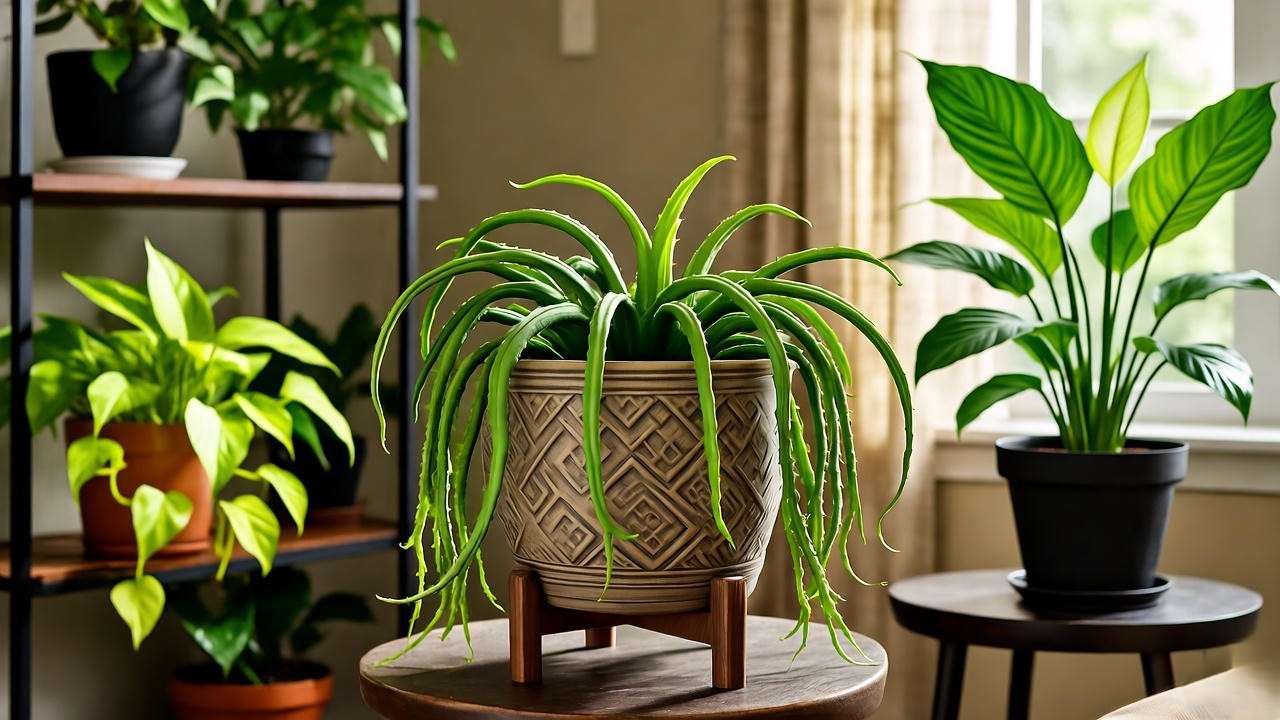
5.2 Outdoor Use in Warmer Climates
In USDA zones 10–11, octopus plants can thrive outdoors as garden shrubs or patio accents. Plant them in a shaded area with dappled sunlight to mimic their tropical origins. They pair beautifully with palms, hibiscus, or other tropical plants for a resort-like garden aesthetic.
Protect outdoor octopus plants from strong winds and heavy rain, which can damage delicate leaves. If temperatures drop below 50°F, bring potted plants indoors or cover garden plants with frost cloth.
Case Study: A Florida gardener used Schefflera actinophylla as a focal point in their tropical backyard, planting it near a water feature. The plant’s cascading leaves created a dramatic, lush backdrop that wowed visitors. 🌴
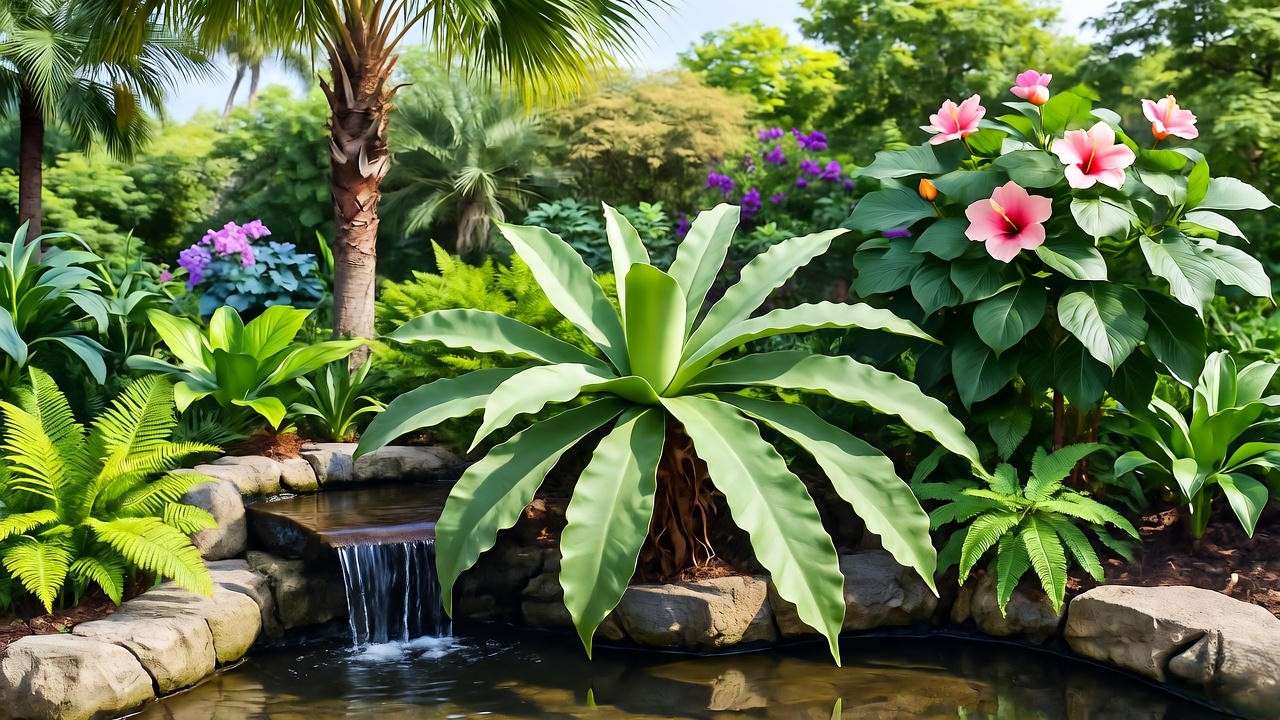
6. Advanced Care Tips for Expert Plant Parents 🌱
Ready to take your octopus plant care to the next level? These advanced techniques will help you maximize growth and keep your plant thriving.
6.1 Boosting Growth with Proper Training
Training your octopus plant can enhance its shape and fullness. For a tree-like form, stake the main stem with a bamboo or metal support to encourage upward growth. For a bushier look, regularly pinch back new growth to stimulate branching.
To create a unique shape, gently tie stems to a trellis or frame, guiding them as they grow. This works especially well for Schefflera actinophylla in outdoor settings. Ensure supports are secure but not tight to avoid damaging stems.
Expert Tip: Use soft plant ties or twine to avoid cutting into the stems, and check ties monthly to prevent constriction as the plant grows. 🌿
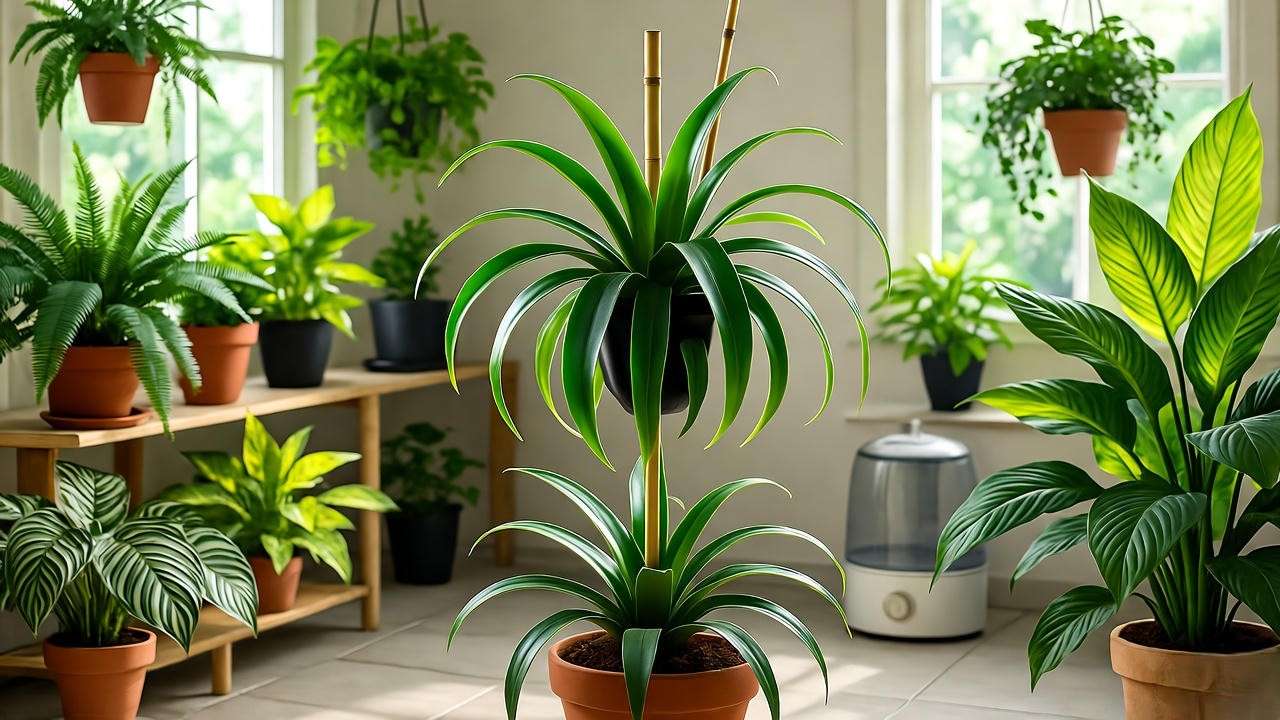
6.2 Seasonal Care Adjustments
Octopus plants require slight care tweaks with the seasons. In spring and summer, increase watering and fertilizing to support active growth. Provide extra humidity during hot months, as air conditioning can dry out indoor air. In fall and winter, reduce watering and stop fertilizing, as the plant enters dormancy. Protect from cold drafts by moving away from windows or using insulating curtains.
Pro Insight: Monitor day length in winter—shorter days can slow growth, so supplement with a grow light if natural light is limited (aim for 12–14 hours of light daily). 💡
6.3 Troubleshooting Rare Issues
Rare issues like leaf drop or stunted growth may occur due to environmental stress or nutrient imbalances. For leaf drop, check for sudden temperature changes or overwatering. Stunted growth may indicate compacted soil or a need for repotting. If problems persist, consult a local nursery or horticulturist for a tailored diagnosis.
Tip: Keep a care journal to track watering, fertilizing, and environmental changes, helping you pinpoint issues faster. 📝
7. FAQs About Octopus Plant Care ❓
Here are answers to common questions to help you care for your octopus plant with confidence:
- Q1: Is the octopus plant toxic to pets?
Yes, Schefflera plants are mildly toxic to cats and dogs, causing mouth irritation or digestive upset if ingested. Keep out of reach or use pet-safe barriers. 🐶🐱 - Q2: How fast does an octopus plant grow?
With proper care, octopus plants have a moderate growth rate, adding 6–12 inches per year indoors. Outdoor plants in ideal conditions may grow faster. 🌿 - Q3: Can I grow an octopus plant in low light?
While possible, low light slows growth and may cause legginess. Supplement with a grow light or choose a Schefflera arboricola variety for better low-light tolerance. - Q4: Why are my octopus plant’s leaves sticky?
Sticky leaves often indicate pests like aphids or scale. Inspect closely, treat with neem oil, and clean leaves to prevent reinfestation. 🐞 - Q5: How often should I repot my octopus plant?
Repot every 1–2 years or when roots are crowded. Spring is ideal, using fresh soil and a slightly larger pot. 🪴
8. Conclusion: Your Path to a Stunning Octopus Plant 🌿
Growing a thriving octopus plant is within your reach with the right care. By providing bright, indirect light, moderate watering, well-draining soil, and occasional pruning, you’ll enjoy lush, cascading foliage that transforms your space. Whether you’re troubleshooting yellow leaves or propagating new plants, this guide equips you with expert tips to succeed.
Ready to make your octopus plant the star of your collection? Experiment with its care, share your progress, and connect with other plant lovers! Comment below with your questions, follow our blog for more plant care guides, or share your octopus plant photos on social media with #OctopusPlantLove. Happy growing! 😊🌱

